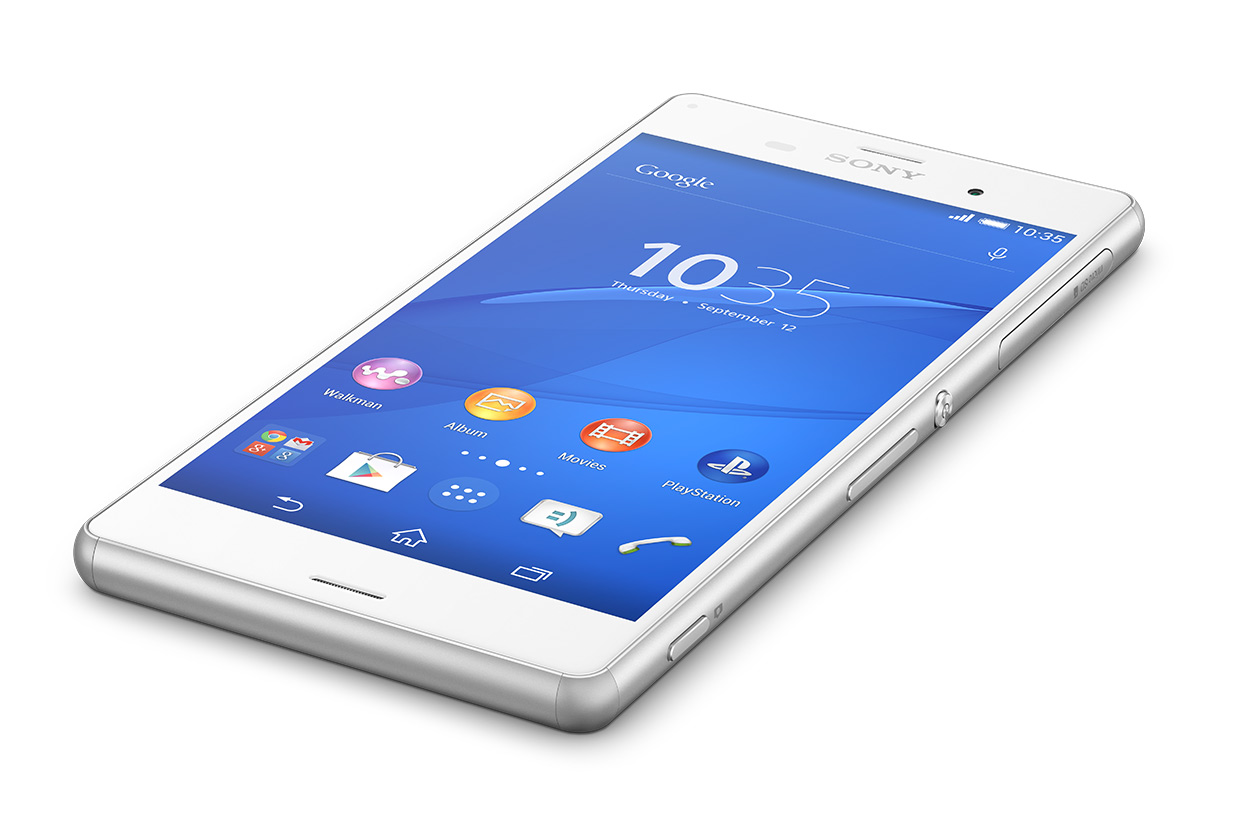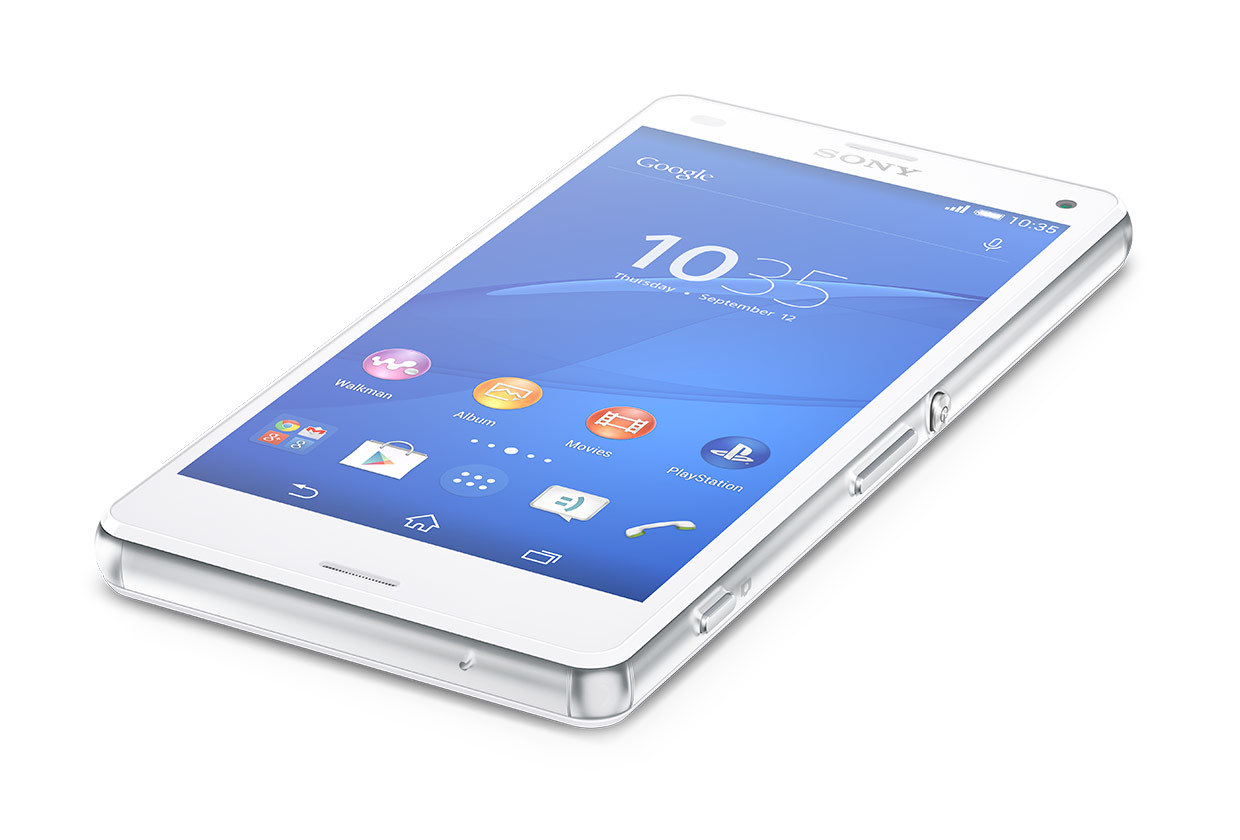Sony Xperia Z4 Leaks With Significant Hardware Changes
Although the Sony Xperia Z3 has just been launched, it seems we're now already getting leaks about its successor, the Xperia Z4. Sony is partly to blame for this, because it moved to a six-month flagship upgrade program. However, according to these recent leaks, next year Sony will only have one flagship – the Xperia Z4. We won't see the Xperia Z5 until 2015.
This seems like a good move from Sony, considering there are very small differences between the Xperia Z3 and Xperia Z2 (and even the Xperia Z1). Releasing multiple successors of the same series in the same year may give the company a small boost in sales, but in the long run, the market probably gets tired of it and doesn't pay as much attention to the new products. The LG G2, for example, received more attention than its successor the LG G3, which also came only half a year later.
The design of the Xperia Z4 will apparently remain the same as for the Xperia Z3, which isn't a bad thing considering it's quite a good one, and it's also relatively new. However, the internals will get a significant boost. Xperia Z4 will be one of the first high-end phones to come out with an ARMv8 chip next year. To be more precise, it will use the Snapdragon 810, which has a Cortex A57/Cortex A53 big.Little CPU and an Adreno 430 GPU. The chip will most likely be made on 20nm.
Further good news is that Sony will replace the IMX220 camera sensor, which it has been using since the Xperia Z1, with a better one. Sony's sensors tend to be used by most Android OEMs, including Samsung, LG, Motorola and even by Apple. The company uses its best sensors in its own phones, however, although so far it hasn't managed to lead other OEMs. The culprit for that is likely the software, and possibly the image processor, although Sony tends to make some decent image processors, too. With the new Android 5.0 Camera2 API, we might get to see much-improved photos from Sony's phones next year.
According to the leaks, Sony will move to an even bigger 5.5" screen and a 1440p resolution. Fortunately, Sony also makes Compact versions of its flagships, with few changes in hardware specs, so those who would prefer smaller phones are probably in luck. The device will also come with LTE Cat. 6 (300 Mbps), Bluetooth 4.1 support, and 32 GB by default.
Sony has made some exciting moves lately, which include expanding support for AOSP and updating all of its Xperia Z devices to Android 5.0. If the company keeps it up, its image could continue to improve, and therefore its sales will see a boost, too.
Follow Kevin Parrish @exfileme. Follow us @tomshardware, on Facebook and on Google+.
Get Tom's Hardware's best news and in-depth reviews, straight to your inbox.
Lucian Armasu is a Contributing Writer for Tom's Hardware US. He covers software news and the issues surrounding privacy and security.
-
Su-Au Hwang "next year Sony will only have one flagship – the Xperia Z4. We won't see the Xperia Z5 until 2015."Reply
Next year 2015 - Sony Z4,
That pushed the Z5 to 2016 -
Jonathan Bennett They should offer a Windows phone option, lord knows they aren't making money with And-also run-droid.Reply -
silverblue ReplyThey should offer a Windows phone option, lord knows they aren't making money with And-also run-droid.
Nor are they likely to make money with Windows Phone right about now. -
jrharbort It's good to see this kind of update from Sony. One of their biggest problems has been releasing hardware much later than the rest of the competition. Being one of the first to use the ARMv8 will definitely draw some attention from enthusiasts.Reply -
itchyisvegeta Who do I have to give favors to, to add a slide out playstation controller and get an updated Xperia Play?Reply -
Nimp Ortequi Can we hope for a ddr4 quad channel unit in the same z3 compact size (or a la sharp adios crystal but with everything screwed with proper screw driver(winking at sharp)Reply -
atintop The Xperia range Z is renewed very frequently in Sony it is a way for Sony to stay always on top of innovation.although the difference between sony xperia sony xperia Z3 and Z4 is insignificant as samsung note 3 and samsung note 4Reply
____________________________________________apple iphone 6 prix

